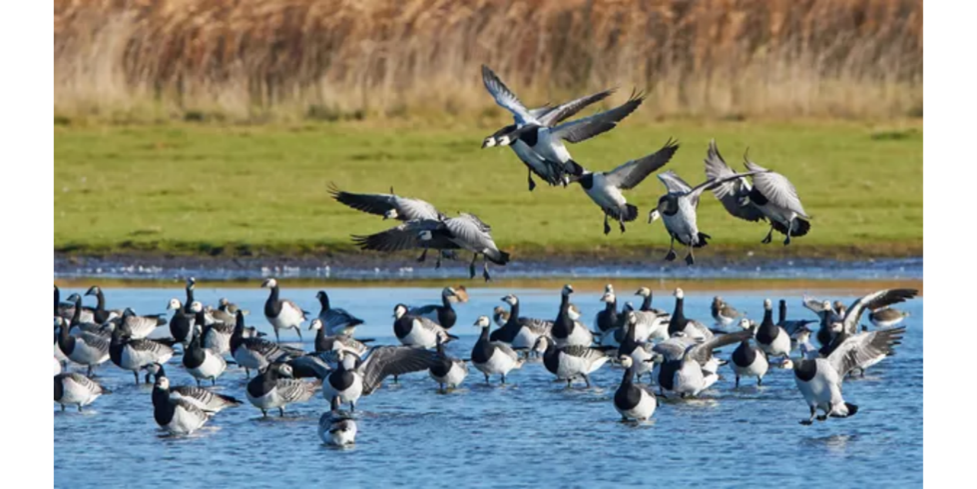Avian influenza (AI) virus continues to spread in the EU and beyond, causing high mortality in wild birds, spillover to wild and domestic mammals, and outbreaks in farms. A scientific report by the European Food Safety Authority (EFSA) and the European Centre for Disease Prevention and Control (ECDC) assesses the risk factors for a potential influenza pandemic and related mitigation measures.
Drivers for viral evolution
Experts have identified certain species of farmed fur animals (e.g. mink or foxes), which are highly susceptible to influenza viruses, as possible drivers for spread. Although mammal-to-mammal transmission has not yet been confirmed, wild mammals could act as bridge hosts between wild birds, domestic animals and humans. Companion animals, such as cats, living in households and with access to the outdoors can also be a potential vehicle for transmission. Farming in areas rich in waterfowl with outdoor production and/or poor biosecurity can facilitate introduction of the virus to farms and its further spread. Extreme weather events and climate change play an additional role in the evolution of the situation because they can affect the ecology and demography of wild birds and thus influence the way the disease develops over time, experts found.
Risk reduction
Authorities from different fields should work together with a One Health perspective to limit the exposure of mammals, including humans, to AI viruses. Animal and human surveillance should be enhanced, together with genomic analysis and sharing of sequence data. At farms, biosecurity should be strengthened to prevent animals coming into contact with the infection and spreading it.
Next steps
By end of the year, EFSA and ECDC will publish a scientific opinion assessing how a potential influenza pandemic might unfold with guidance to risk managers to reduce the risk to human health.
Source: European Food Safety Authority | Newsroom (https://shorturl.at/nqwJX)
